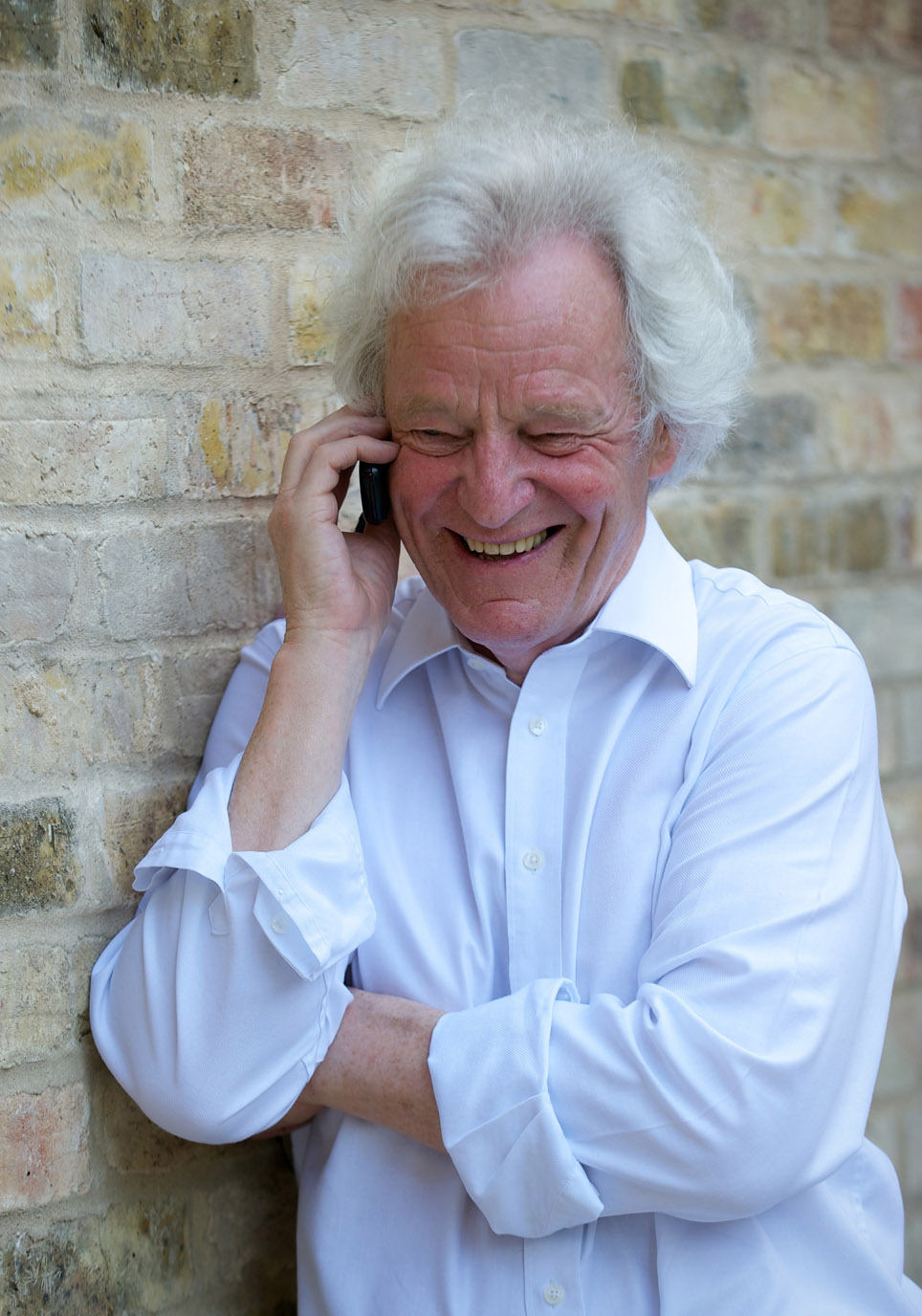
Gray: ‘Language change is needed’
GPs to prescribe judgement-free fitness classes for women” shouted headlines in The Times and the Guardian in December 2021, heralding a new therapeutic approach to the handling of common long-term health conditions.
Excellent work is done in NHS rehabilitation – for example, cardiac rehabilitation – but only as part of specialised NHS services. We need to establish a routine of prescribing and dispensing activity in primary care and physical activity professionals have a key role to play in delivering this. Furthermore, we need to get activity therapy funded, just like drug or psychological therapy.
The evidence base for this is very strong, expressed in the reports Exercise – the Miracle Cure, from the Academy of Medical Royal Colleges in 2015 (www.hcmmag.com/AMRC), and more recently the reassuring report titled Benefits Outweigh Risks from the Faculty of Sport and Exercise Medicine and Sport England (www.hcmmag.com/benefitsrisk). However, evidence alone is insufficient, we need NHS management and political action to fund exercise professionals to deliver activity therapy.
Language is key to this campaign. As I’ve previously written in HCM, the word ‘fitness’ is associated with youth and lycra by many. Although it’s interesting to note that the terms ‘deconditioning’ and ‘reconditioning’ are increasingly being used in healthcare, the NHS itself is using the term wellbeing much more frequently.
‘Health and wellbeing’ is a powerful term, which may be politically useful. While we’re at it, we must discontinue using the term leisure!
It’s important to describe the focus of exercise professionals as physical, cognitive and emotional activity, rather than just physical activity, which undersells the huge psychological benefits of their skills.
They’re in the wellbeing business and the intervention should be described as activity therapy distinct from, but closely related to, NHS rehabilitation. We define Activity Therapy as “the promotion and enablement of activity, physical, cognitive and emotional for people with, or at risk of, long-term conditions by people qualified as personal trainers, sports scientists or exercise physiologists”.
We need NHS management and political action to fund exercise professionals to deliver activity therapy
Then we need to seek funding. There is money available in NHS funding pots for increasing the types of roles in primary care. For example, from the Additional Role Reimbursement Scheme, or the Elective Recovery Fund, but while the NHS funds health and wellbeing coaches, there is no mention of trainers or physical activity professionals. However, physical activity professionals are excellent coaches and understand wellbeing, so all can apply for funds if they use the correct language. Some have successfully done so.
Furthermore, there’s an extra £30m in an Innovative Models of Care scheme announced in the Social Care White Paper. We can also use the recent DHSC report Good for You, Good for Us and Good for Everyone, which emphasises that at least 10 per cent of prescribing is pointless. One reason for this is because there’s currently no option to prescribe ‘physical and social activities’ dispensed by a physical activity professional. The time is ripe – we need a National Activity Therapy Service delivered locally by our excellently-trained professionals.
• Muir Grey is advisor to Public Health England, executive director of the Oxford Centre for Triple Value Healthcare and director of the Optimal Ageing Programme
